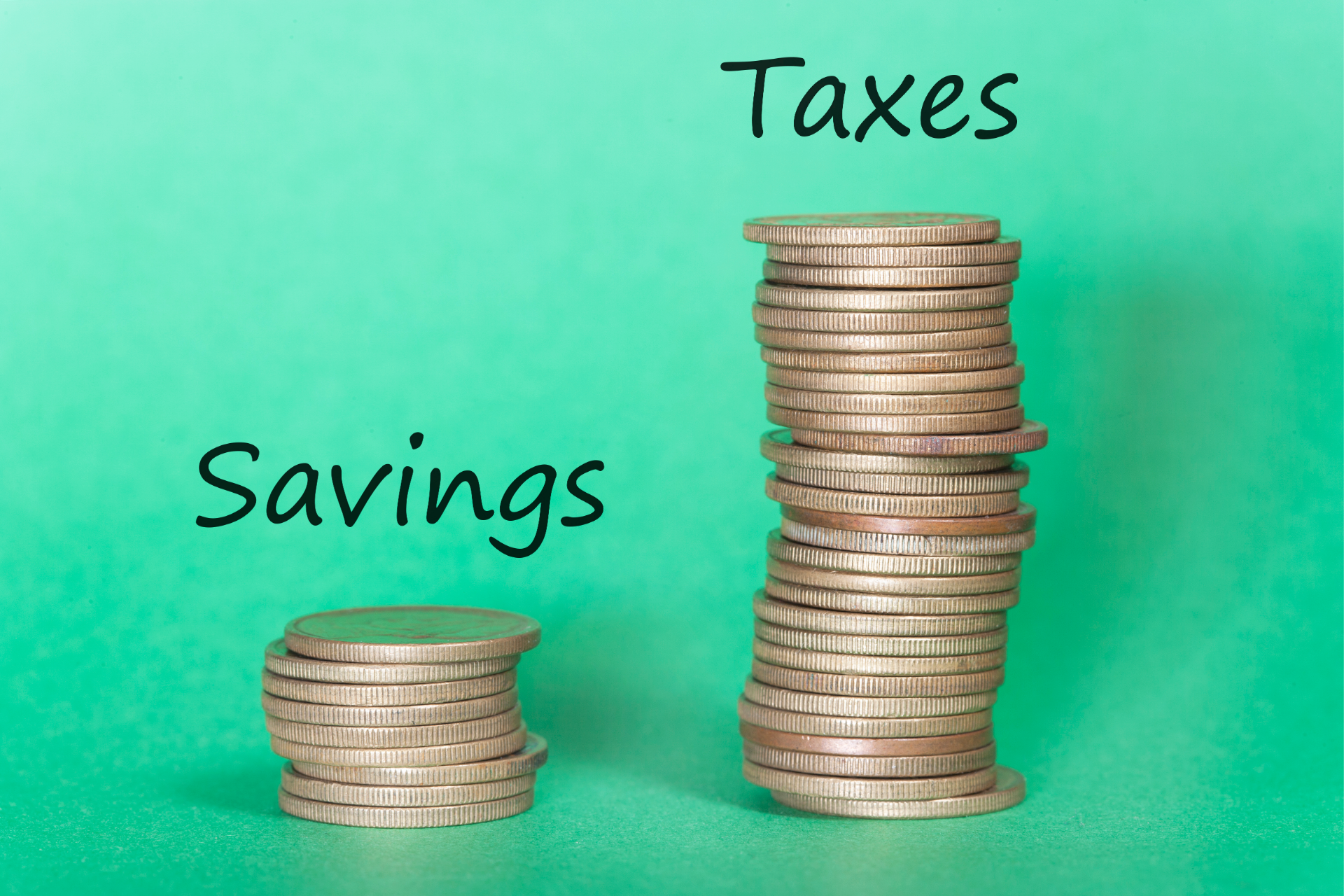Additional Round of Economic Impact Payments (EIP) – Stimulus Checks
Direct payments of the stimulus checks are as follows:
- $600 for individuals making up to $75,000
- $1,200 for married filing joint returns making up to $150,000
- $600 per dependent child under 17 year’s old
The IRS based your stimulus check payments on the information on your 2019 tax return. If you receive less than the amount stated above, you may get the difference as a refundable tax credit on your 2020 return. A refundable tax credit will be reflected on the 2020 return if the calculated credit on the return exceeds the amount you received.
The recovery tax credit, known as the recovery rebate credit, is also referred to as the first and second Economic Impact Payments (EIP). In a nutshell, they are all used interchangeably to mean the same thing.
Taxpayers who receive a stimulus check that exceeds the credit do not need to repay the amount. What does this mean? You will not be taxed on the excess payment that is more than the recovery tax credit on your return.
Overall, this credit will increase the amount of your tax refund or decrease the amount of tax owed. The critical relief here is that it will not raise your taxes.
First and Second PPP Forgivable Small Business Loans
More than $284 billion under the relief bill will aid small businesses for first and second PPP forgivable loans. Also, $20 billion is allocated to provide the Economic Injury Disaster Loan (EIDL) to businesses in low-income communities.
The Economic Injury Disaster Loan (EIDL) is put in place to provide relief to small businesses affected by the Coronavirus (COVID-19) pandemic as a result of the loss in revenue. The term of the loan is a 3.75% fixed interest for businesses. There is no pre-payment penalty or fees, and it matures in 30 years. The loan proceeds can be used for the continuation of health care benefits, utilities, rents, and debt payments.
In our previous post, we delve more into the new round of PPP or PPP2 as some are calling it, but here are the key highlights of the PPP2.
With some new provisions added, the new PPP’s second round has many similarities to the first round that was passed into law in May 2020.
Small businesses that didn’t receive PPP loans during the first round and second-timers who did are eligible to apply for PPP2 loans.
Second-timers may apply for another loan if the following requirements are met:
- Have 300 or fewer employees
- Have used or will use the full amount of their first PPP loan
- Can show a 25% gross revenue decline in any 2020 quarter compared with the same quarter in 2019
Small businesses that never received PPP loans during 2020 are considered first-timers and can apply during the second round if they qualify. Small businesses with 500 or fewer employees, including sole proprietors, independent contractors, and eligible self-employed individuals (ex. S Corporations), are welcome to apply.
For more in-depth information about the PPP loans, you can read our latest blog titled – Therapists: What You Need To Know About The New Round Of PPP Loans. This blog provides more details on PPP2 for your self-employed psychotherapy practice.
Business Tax Deductions For PPP Expenses
Before the December 2020 relief bill, there were confusions on whether business owners could deduct forgiven PPP monies spent on payroll, rent, interest, or utilities. Legislators who wrote the law said yes, but the IRS said no.
As a result, hundreds of thousands of business taxpayers and tax professionals urged lawmakers to fix the non-deductibility issue. Their earnest push allowed the recent bill to include the rules that business expenses paid with forgiven PPP loans are tax-deductible. This new rule clarified the confusion and superseded the IRS’ previous guidance that previously disallowed the deductibility of these expenses.









